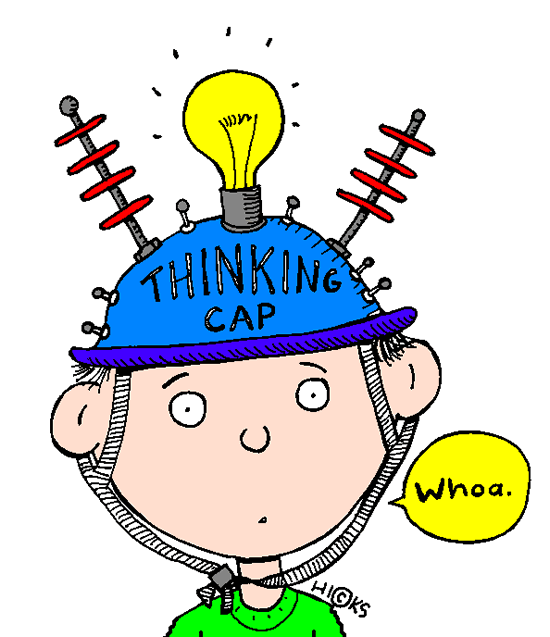An electric thinking cap- you kidding? Are we really on the verge of being able to stimulate the brain to see the world anew – an electric thinking cap? Research by Richard Chi and Allan Snyder from the Centre for the Mind at the University of Sydney suggests that this could be the case.
They found that participants who received electrical stimulation of the anterior temporal lobes were three times as likely to reach the fresh insight necessary to solve a difficult, unfamiliar problem than those in the control group. The study published in the open-access journal PLoS ONE.
According to the authors, our propensity to rigidly apply strategies and insights that have had previous success is a major bottleneck to making creative leaps in solving new problems. There is normally a cognitive tradeoff between the necessity of being fast at the familiar on one hand and being receptive to novelty on the other.
Chi and Snyder argue that we can modulate this tradeoff to our advantage by applying transcranial direct current stimulation (tDCS), a safe, non-invasive technique that temporarily increases or decreases excitability of populations of neurons. In particular, tDCS can be used to manipulate the competition between the left and right hemisphere by inhibiting and/or disinhibiting certain networks. Their findings are consistent with evidence that the right anterior temporal lobe is associated with insight or novel meaning and that inhibition of the left anterior temporal lobe can induce a cognitive style that is less top-down, less influenced by preconceptions.
While further studies involving brain stimulation in combination with neuroimaging are needed to elucidate the exact mechanisms leading to insight, Chi and Snyder can imagine a future when non-invasive brain stimulation is briefly employed for solving problems that have evaded traditional cognitive approaches.
Source: University of Sydney

